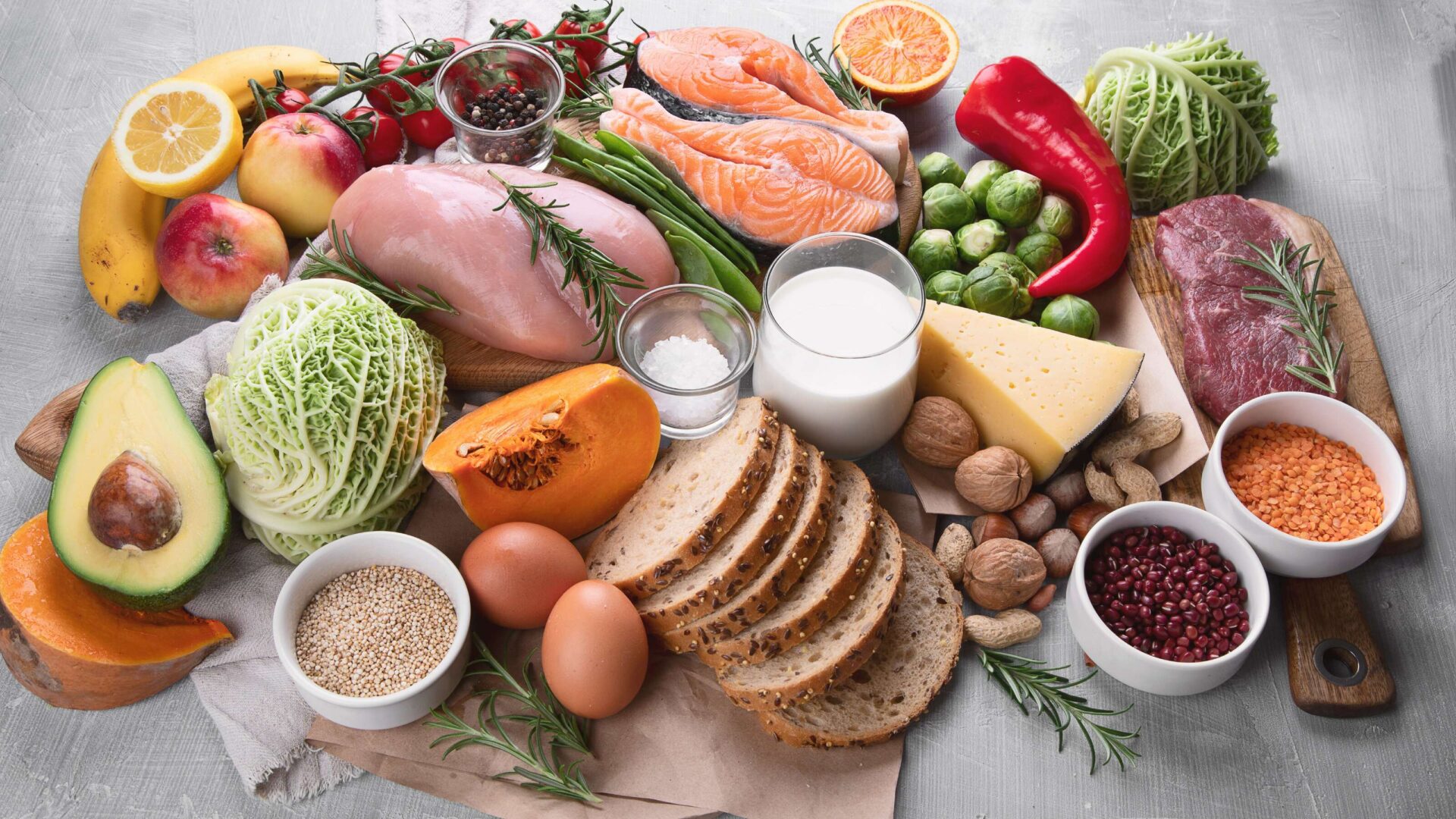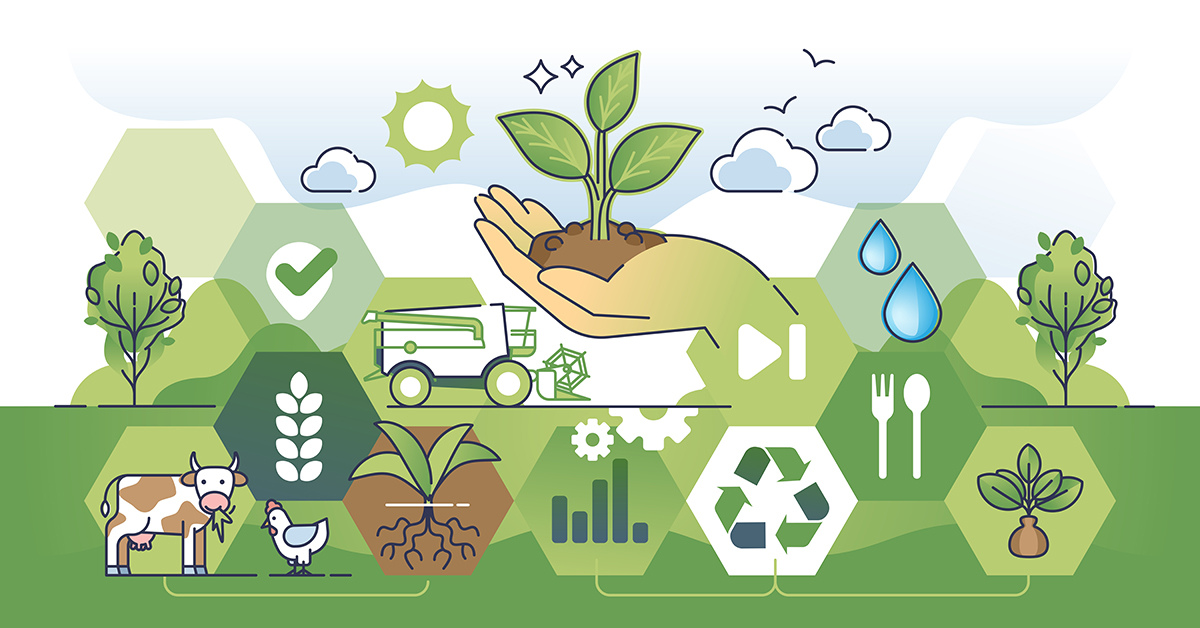Balancing Your Meals
Contributed by Katelyn Pierson, MS, RD, CDN
There is no doubt that the food we eat directly correlates to our health. One of the primary lifestyle factors of preventing chronic disease is eating a balanced diet. This phrase is often used with the assumption that we all know what a balanced diet means.
Today, a balanced diet is interpreted in several different ways. Fortunately, the U.S. Department of Agriculture (USDA) and U.S. Department of Health and Human Services (HHS) publishes the Dietary Guidelines for Americans every 5 years. These guidelines are created based on scientific evidence and is intended to be utilized by health professionals to guide the general population on how to eat a balanced diet for optimal health and chronic disease prevention.
Based off the USDA’s Dietary Guidelines for Americans is the MyPlate concept. MyPlate was created to be used by the general public as a tool for implementing a balanced diet. Let’s discuss further.
A balanced diet, as defined by the USDA, includes a meal pattern (by life stage) that meets nutrient needs primarily from eating a variety of nutrient-dense foods and beverages. Nutrient-dense foods are any foods that contain a higher amount of beneficial nutrients within a lower number of calories, as well as yield a lower percentage of calories from saturated fat, added sugars, and/or sodium. MyPlate guidelines are met by choosing a variety of foods within each food group in proper portions.
MyPlate is a great tool to use to achieve a balanced meal pattern as it is a visual guide for proper portions of each food group and allows an individual to meet their nutrient needs by the end of the day. This is because each food group provides different ratios of nutrients, such as carbohydrates, protein, fat, vitamins, minerals, and fiber.
What food groups are in the MyPlate?
- Vegetables. These contain vitamins, minerals, fiber, and sometimes carbohydrates, while yielding minimal calories. Categories include dark green vegetables (broccoli, leafy greens), red/orange vegetables (carrots, bell peppers, tomatoes), beans, peas, lentils, starchy vegetables (potatoes, corn, plantains), and other vegetables (asparagus, green beans, eggplant, beets, mushrooms, etc.)
- Fruits. Fruits contain vitamins, minerals, fiber, and carbohydrates while also yielding minimal calories. For example, apples, pears, bananas, grapes, berries, citrus fruit, etc.
- Grains. Grains -particularly whole grains -contain vitamins, minerals, fiber, and carbohydrates. Examples of nutrient-dense grains include brown rice, buckwheat, bulgur, millet, oats, popcorn, quinoa, whole wheat bread, whole wheat pasta, etc.
- Dairy. Dairy products contain vitamins, minerals, carbohydrates, and protein. Choose fat-free, low-fat and unsweetened milk, lactose-free or reduced milk products, buttermilk, yogurt, kefir, cheese, and fortified soy beverages, for example.
- Protein Foods. Proteins contain vitamins, minerals, and protein. Choose lean meat, poultry, eggs, seafood, nuts, seeds, and soy products for your daily protein intake.
Now that you know all the different kinds of foods to eat in a day, you may be wondering: Do I have to follow the MyPlate 100% of the time to achieve a healthy and balanced lifestyle?
The answer is no. As long as a majority (about 85%) of your food intake comes from nutrient-dense food sources in balanced portions as recommended by MyPlate, there will always be room to enjoy your favorite treats. And remember, if you are struggling with your diet with the goal of achieving a healthier lifestyle, always refer to a professional, such as a Registered Dietitian (RD) for dietary guidance.
About the Author
Katelyn is a Registered Dietitian and Certified Dietitian/Nutritionist. Katelyn holds a strong interest in culinary nutrition and believes that all foods fit into a nutritious diet. She is frequently searching for new recipes to try, and you will often find her at local farmers markets on the weekends. Katelyn has a varied experience in the nutrition field, ranging from counseling adults who are critically ill to educating children on the fundamentals of nutrition. Katelyn is empathetic in nature and enjoys helping others set achievable goals towards a healthier lifestyle.
View All Blogs









